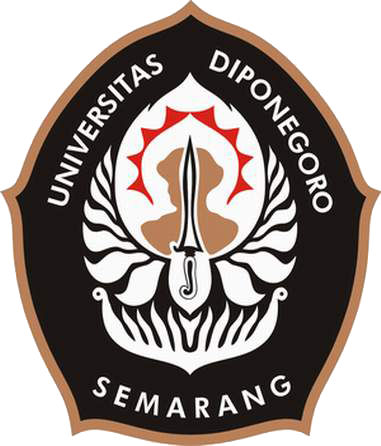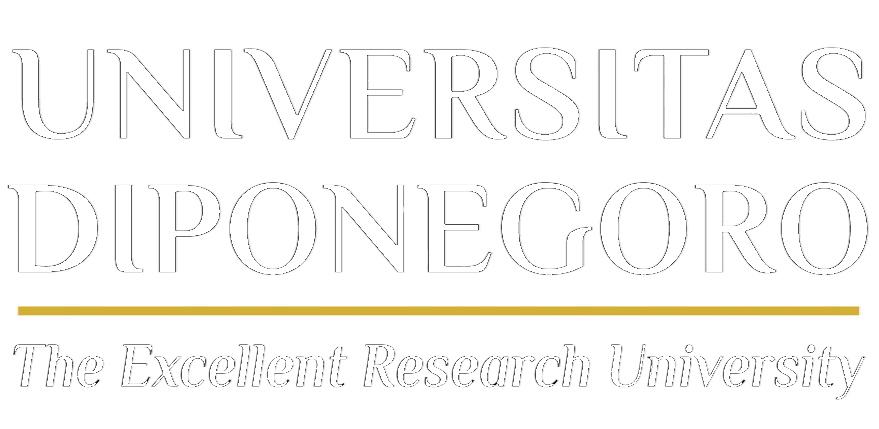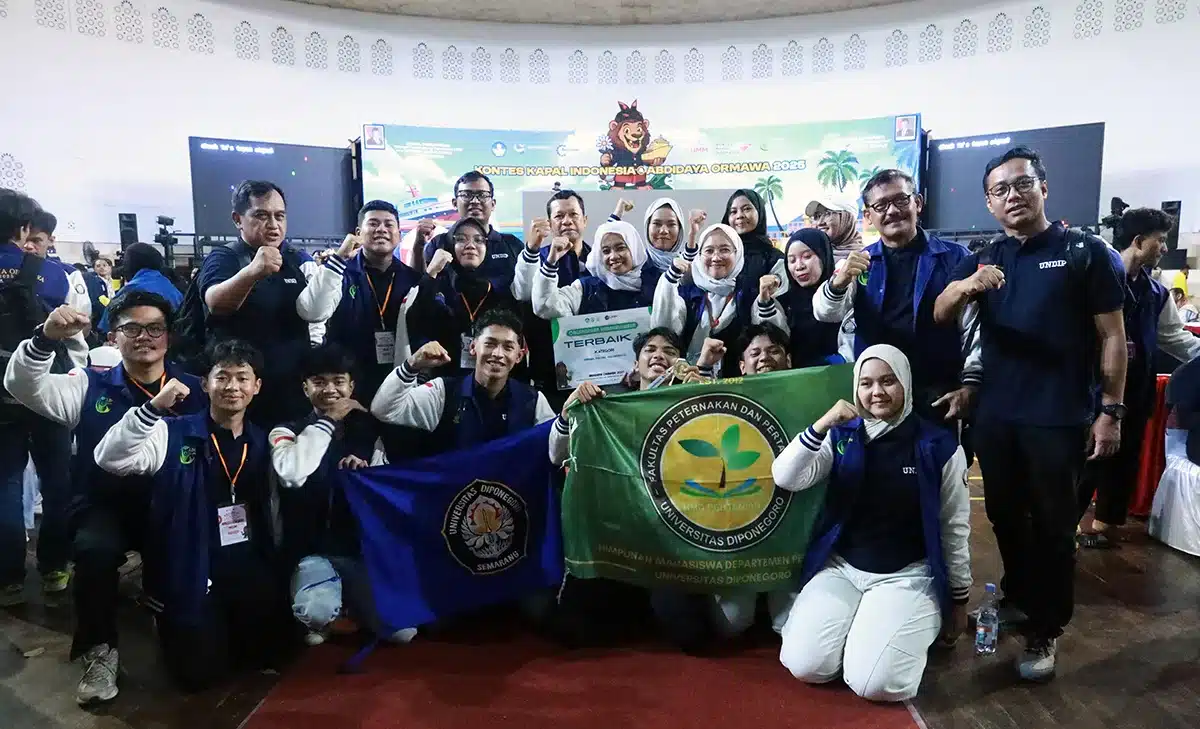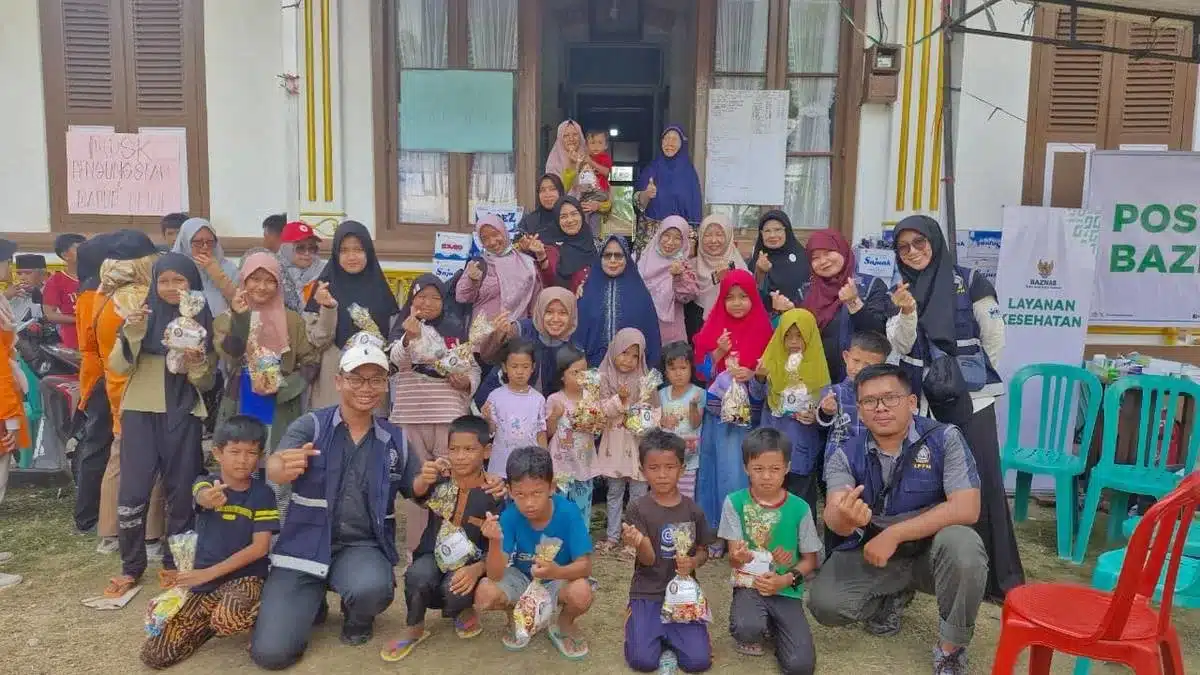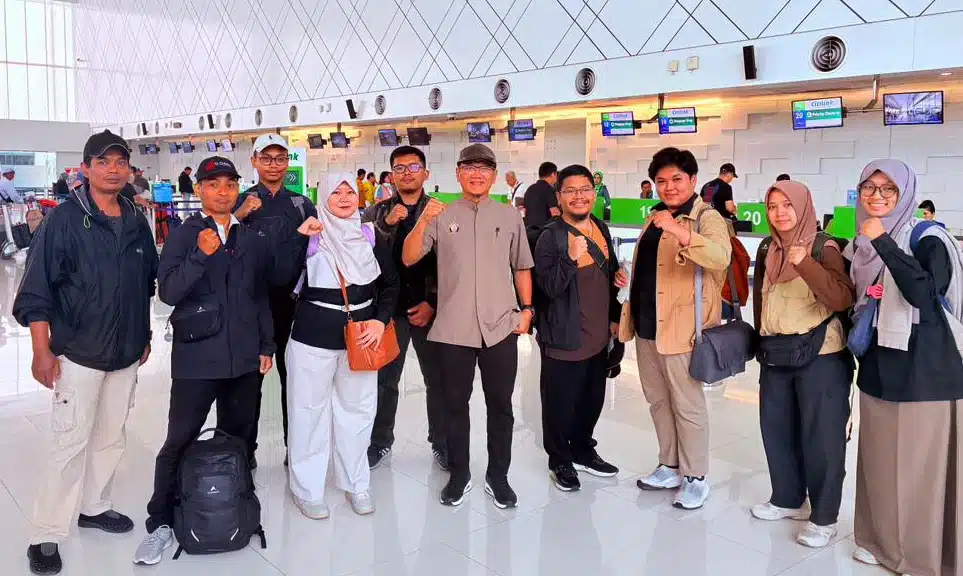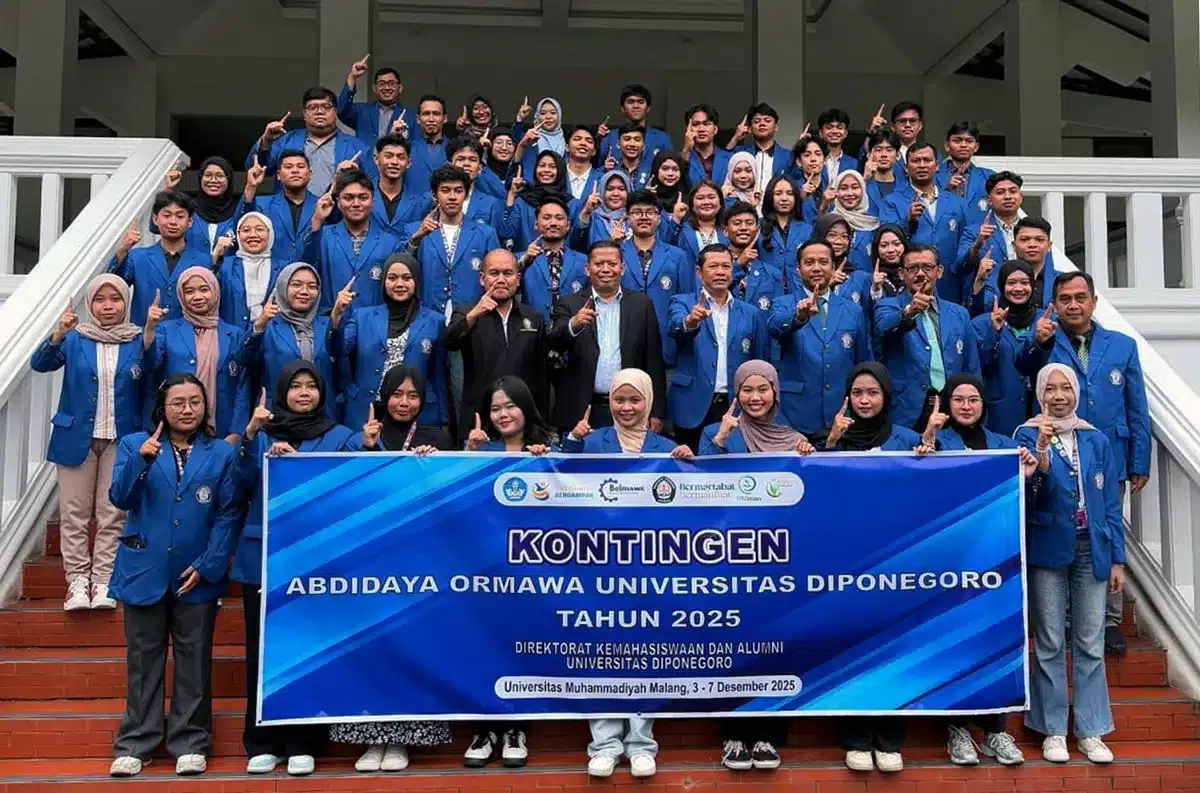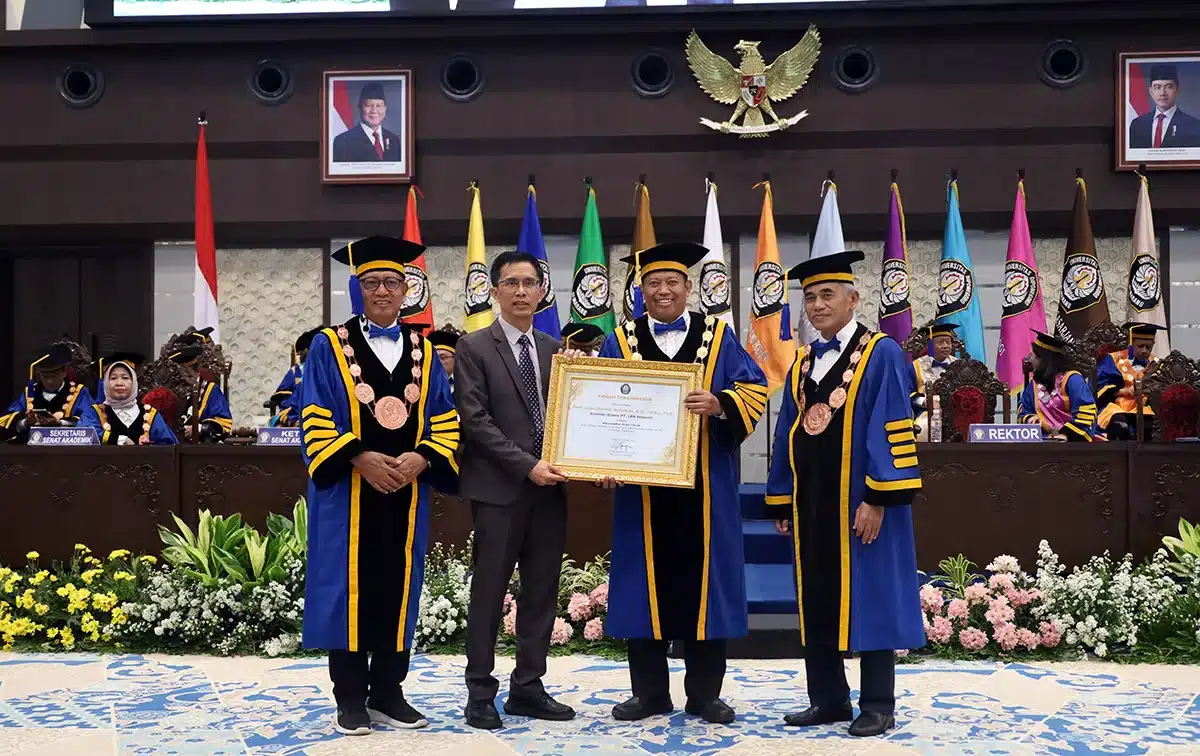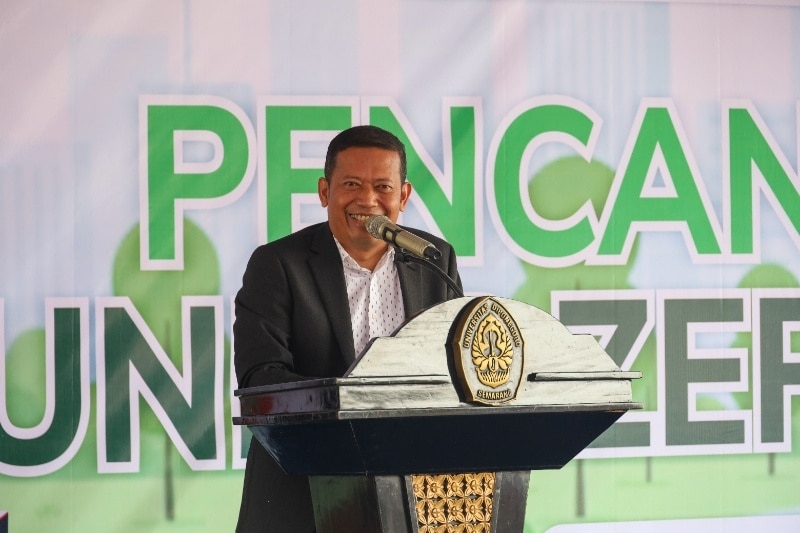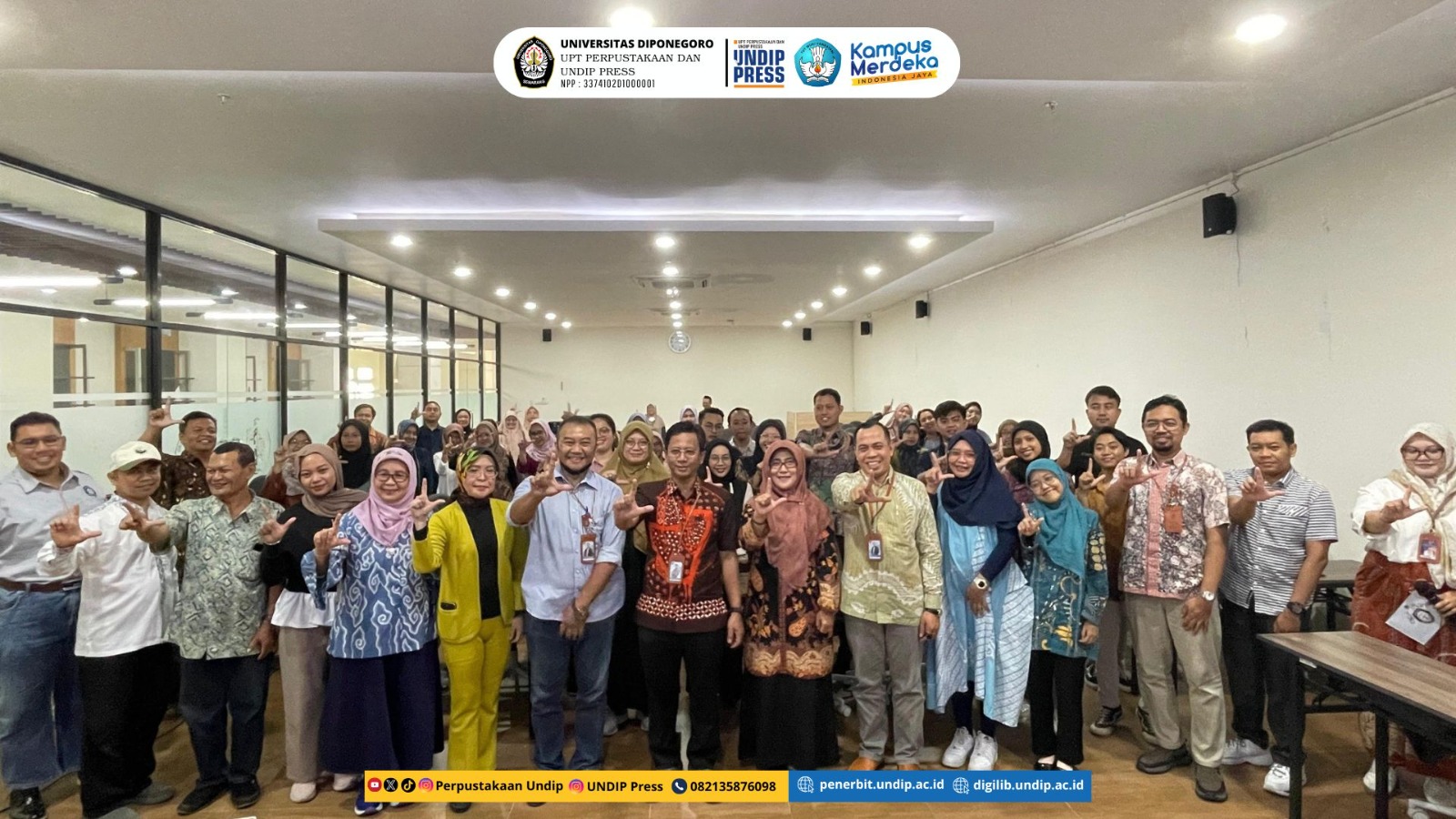UNDIP, Semarang (February 13) – The UNDIP Library Unit and UNDIP Press held the Book Writing Workshop Batch 2 with the theme “Writing Textbooks and Reference Books” on Thursday, February 13, 2025 at the Meeting Room, 4th Floor, UNDIP LIbrary and UNDIP Press.
In his opening remarks, Prof. Dr. Adian Fatchur Rochim, S.T., M.T., Vice Rector for Human Resources, Information Technology, Law, and Organization, emphasized that UNDIP Library and Press support lecturers and academic staff in writing and publishing their best works to benefit students and the wider community.
“This activity supports the achievement of the Key Performance Indicators in Repository and Literacy, particularly in enhancing scientific publications. Textbooks play a crucial role in education, and this initiative serves as a trigger to harness UNDIP’s potential to achieve greater academic milestones. Let us work together to build UNDIP into a more advanced, dignified, beneficial, strong, and outstanding university,” stated Prof. Adian.
Head of UNDIP Library and UNDIP Press, Suwondo, S.Hum., M.Kom., explained that their work programs align with UNDIP’s vision of becoming a leading research university, including Thesis Clinic (Klinik TA) and Tuesday English Class.
“One of UNDIP’s missions is to conduct community service that results in publications, intellectual property rights, textbooks, policies, and effective technologies while emphasizing local culture and resources. We will continue to support academic writing within UNDIP and assist in realizing the dream of publishing books,” he said.
Meanwhile, Prof. Dr. Ir. Yoyok Budi Pramono, S.Pt., M.P., IPM, as the guest speaker, explained that book writing involves various structural components that help authors achieve their objectives. A well-organized plan provides direction and focus for writing, ensuring a logical and structured flow throughout the book.
“The writing style should be adjusted to match the tone and purpose of the book—whether formal, informal, or technical. Additionally, incorporating illustrations, images, or graphs can help clarify concepts and make the book more engaging,” Prof. Yoyok explained.
“Each author has a unique approach to writing, and certain components may be more relevant depending on the type of book being written. Always tailor the writing process to fit the specific needs and vision of the project,” concluded Prof. Yoyok.

